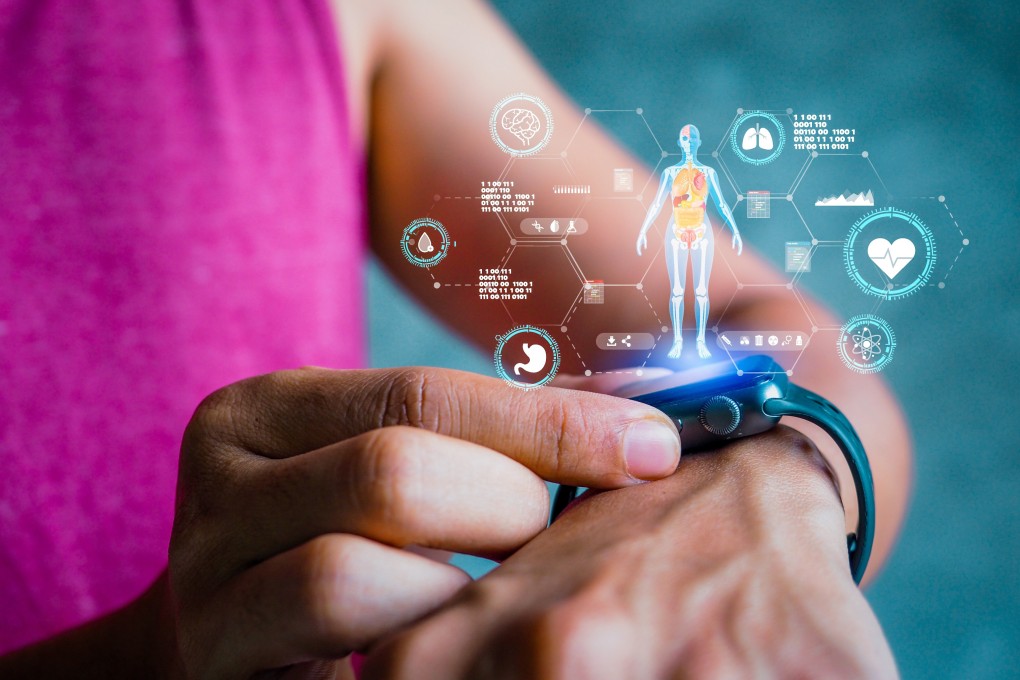The way we approach daily life in 2025 has changed significantly compared to just a few years ago. Wellness is no longer a separate part of life but integrated into how we work, live, and connect with others. People are using smart tools, home technology, and digital services to manage their health and routines more efficiently. Even small choices—like where we shop, how we spend our free time, or finding products like Raz Vape near me—are shaped by convenience and accessibility. This shift toward flexibility and tech-supported living is influencing everything from work habits to personal care.
Table of Contents
Toggle
Wellness as a Daily Priority
Wellness in 2025 focuses on maintaining a balanced lifestyle that includes physical health, mental clarity, and social connection. This isn’t just about going to the gym or following strict diets—it’s about building healthy habits into everyday routines.
Some notable aspects include:
-
Wearable health devices that track sleep, activity, and even hydration.
-
On-demand workout platforms that offer flexibility for people with varying schedules.
-
Personalized nutrition plans created with the help of AI-driven apps.
-
Accessible mental health support, such as virtual counseling and guided meditation tools.
The goal is to make wellness practical for all, ensuring people can integrate it into their lives without major disruption. This means tech plays a big role in monitoring progress and keeping motivation high.
Technology Supporting Flexible Living
Technology is at the center of lifestyle trends in 2025, enabling people to live and work with more freedom. Remote work remains a key factor, with many professionals splitting time between home and co-working spaces. This flexibility allows individuals to adapt their schedules based on personal needs and commitments.
Some ways technology is making this possible:
-
Smart home automation for lighting, temperature, and security, controlled via smartphones or voice assistants.
-
Virtual collaboration platforms with features that make teamwork easy, even across different time zones.
-
AI-based personal assistants that manage tasks, reminders, and online shopping.
-
Digital entertainment hubs that combine streaming, gaming, and learning in one place.
This combination of convenience and adaptability means people can focus on their priorities without being tied to rigid schedules or locations.
Wellness and Tech in Social Spaces
In 2025, social life has also evolved to align with wellness and technology trends. Community spaces now often include amenities that support both health and digital connectivity. Parks, for example, may feature Wi-Fi zones, outdoor charging stations, and fitness areas that track workouts through connected apps.
People are increasingly looking for ways to combine leisure and productivity. Meeting a friend for a walk can also mean catching up on work calls or joining an online class together. Restaurants and cafes often integrate health-focused menus with tech-driven ordering systems that let customers personalize meals instantly.
Lifestyle Choices and Consumer Preferences
Consumer habits in 2025 reflect a focus on practicality and customization. People prefer products and services that fit their routines and can be easily accessed raz nightcrawler flavor both online and offline. Subscription-based models have grown in areas like groceries, fitness, and entertainment, ensuring people get consistent value and convenience.
Popular trends include:
-
Hybrid experiences that combine physical and virtual participation in events.
-
Local-first shopping habits, supported by online ordering and same-day delivery.
-
Eco-conscious purchases, with an emphasis on reusable or responsibly sourced items.
-
Quick access to personal items, such as finding the nearest outlet for favorite products or flavors.
This shift means companies are focusing on delivering more choice and faster service while aligning with health, tech, and flexible living needs.
Technology is at the center of lifestyle trends in 2025, enabling people to live and work with more freedom. Remote work remains a key factor, with many professionals splitting time between home and co-working spaces. This flexibility allows individuals to adapt their schedules based on personal needs and commitments.
Balancing Wellness, Tech, and Everyday Living
The lifestyle of 2025 shows that it’s possible to maintain balance without making major sacrifices. People are using technology to support healthier habits, manage time effectively, and create more meaningful social interactions. Whether it’s working from a beachside café, joining a live-streamed yoga session from home, or exploring a new hobby through online courses, flexibility is the theme that ties it all together.
This balance also extends to how people choose and enjoy products. A good example is the way vaping enthusiasts explore flavors and devices to fit their routines, such as enjoying a Raz Disposable Vape after a day of work or during a social meet-up. These choices are part of a broader shift toward products and experiences that align with personal lifestyle goals, offering both enjoyment and convenience.
By combining wellness, technology, and flexible living, 2025 has created a lifestyle model that works for a wide range of needs. Instead of separating health, work, and leisure, people are blending them in ways that make each day more efficient and satisfying. This approach ensures that personal well-being stays at the forefront while technology makes it easier to enjoy every moment—whether that’s connecting with friends, staying active, or finding the right product exactly when you want it.
